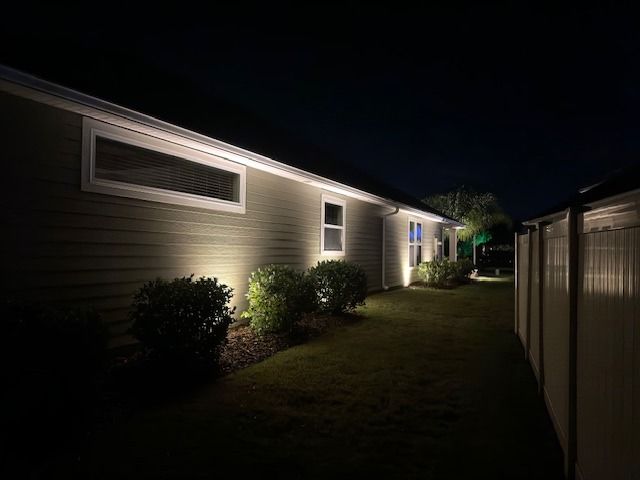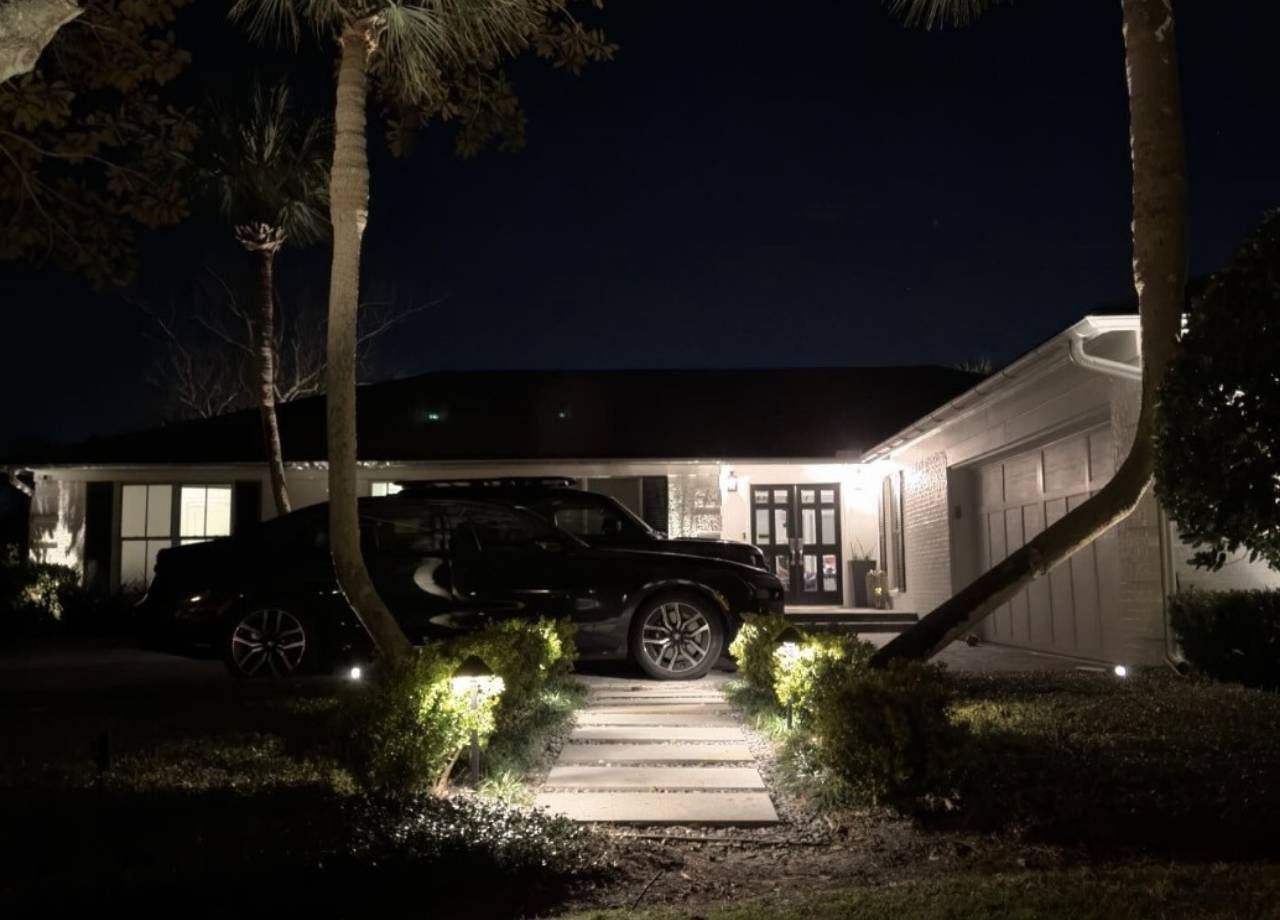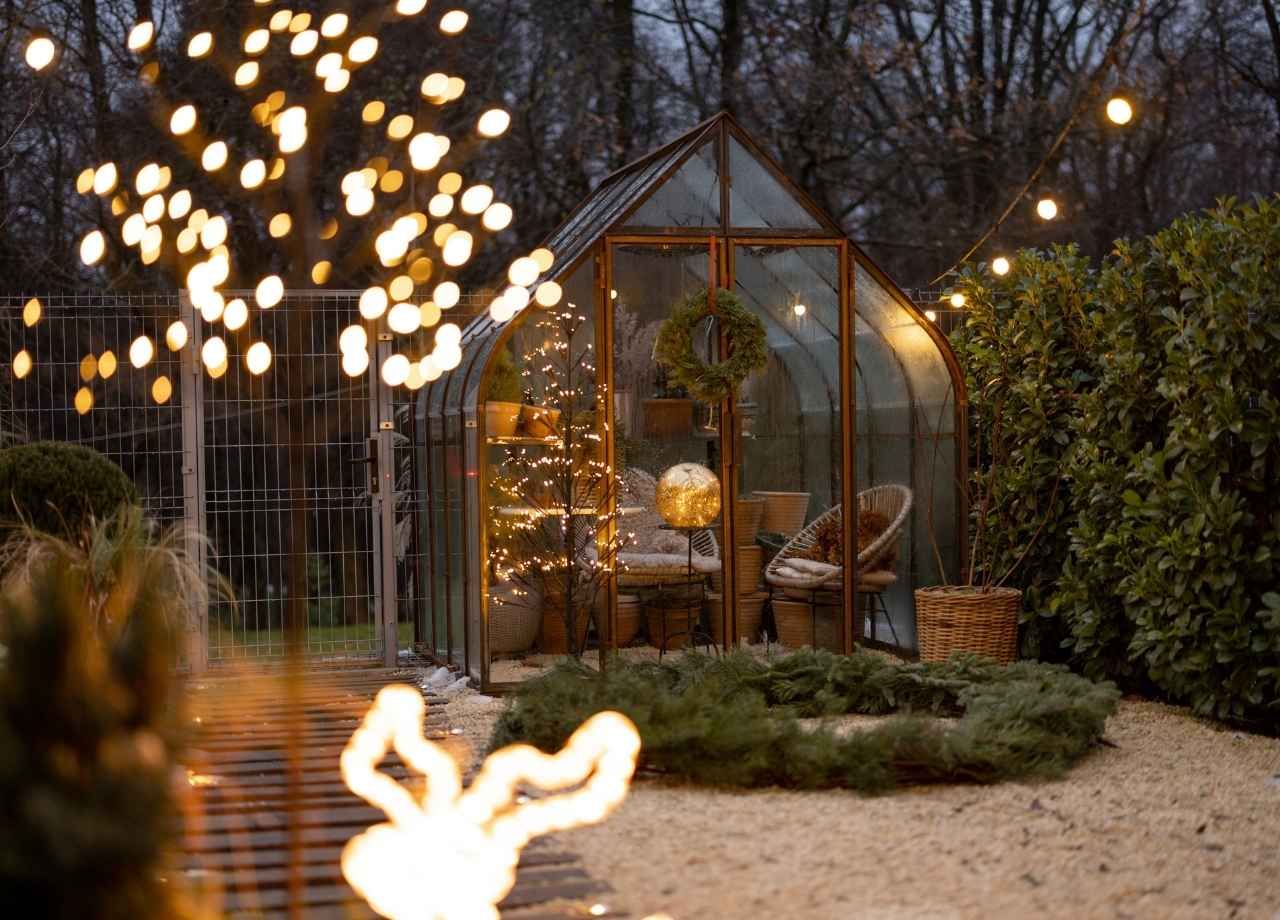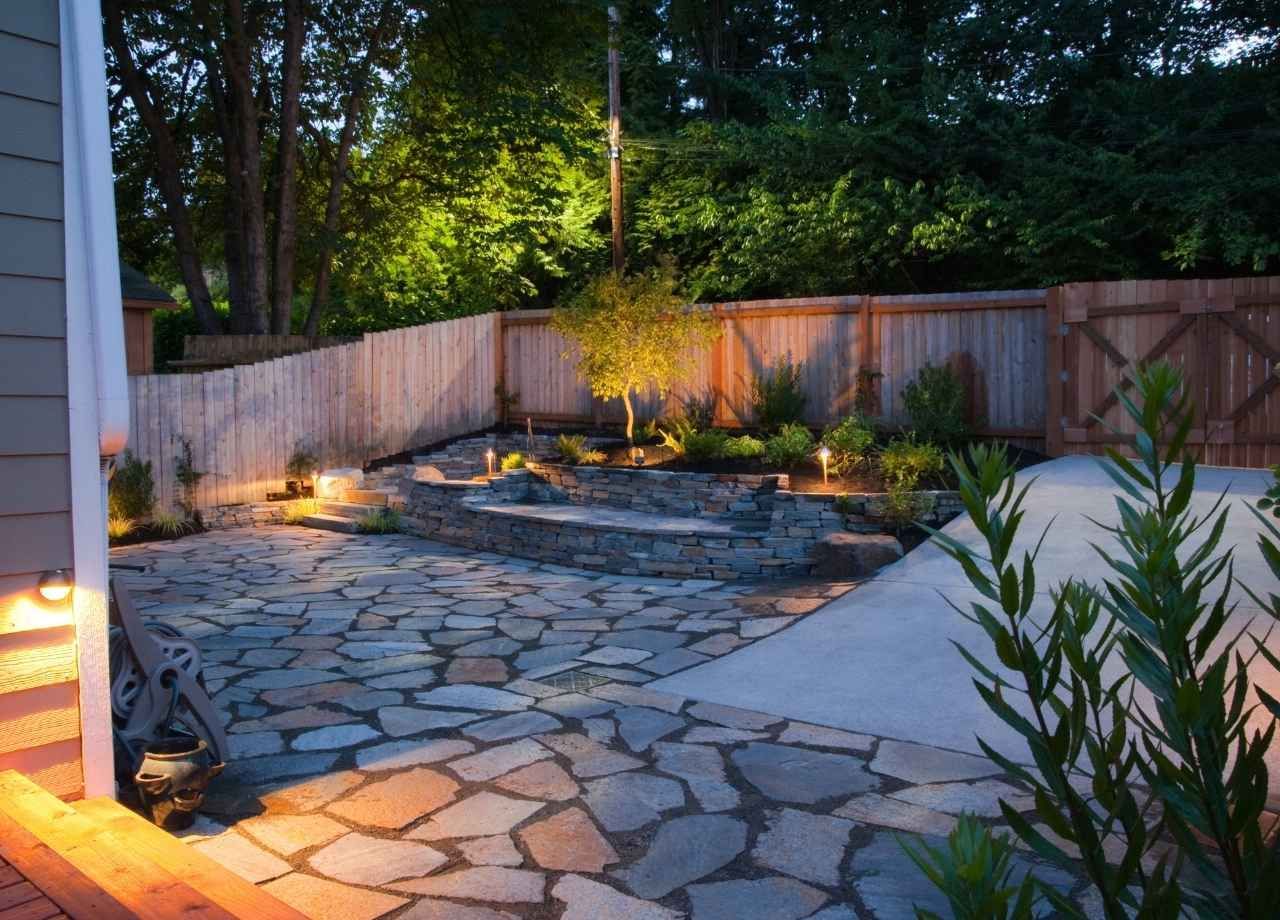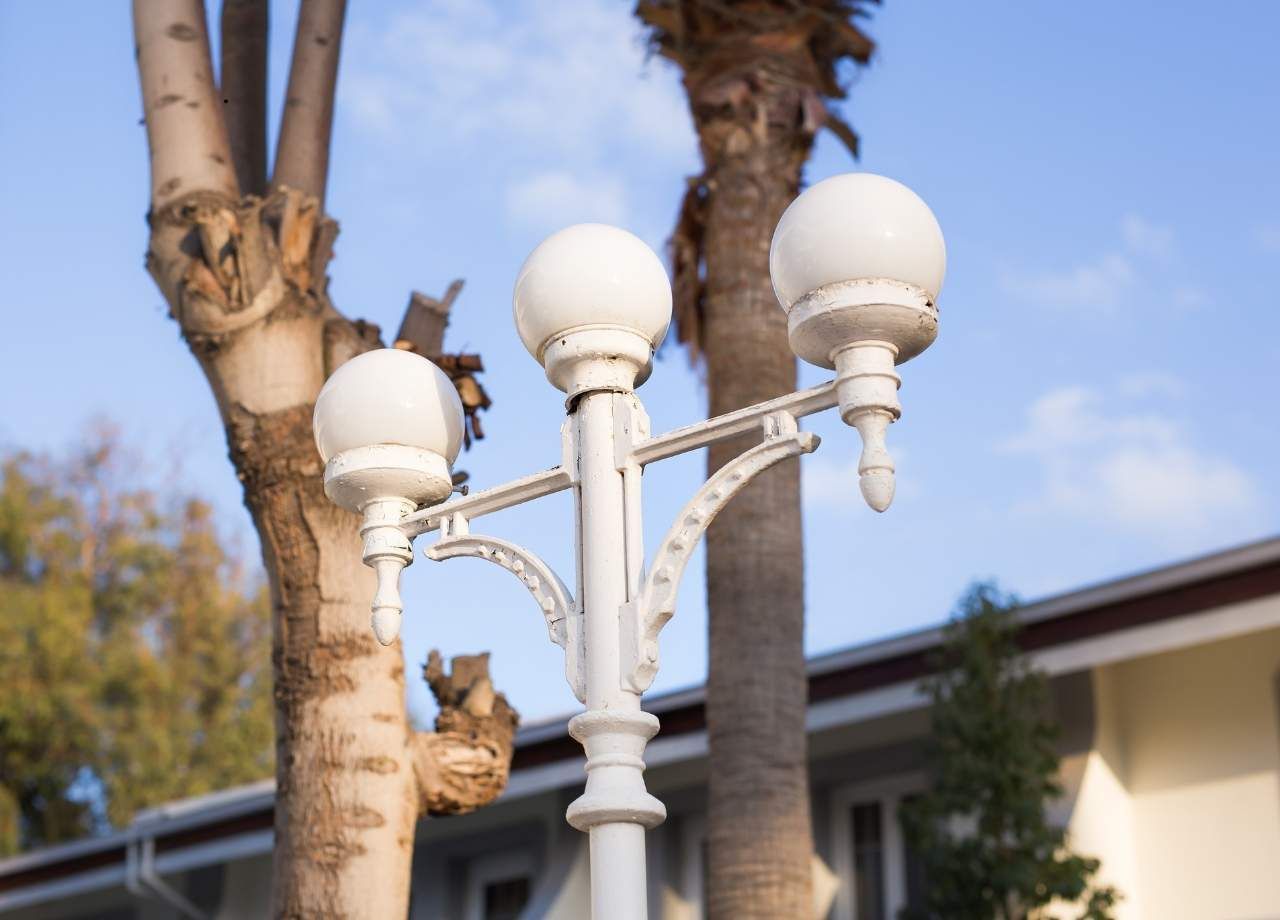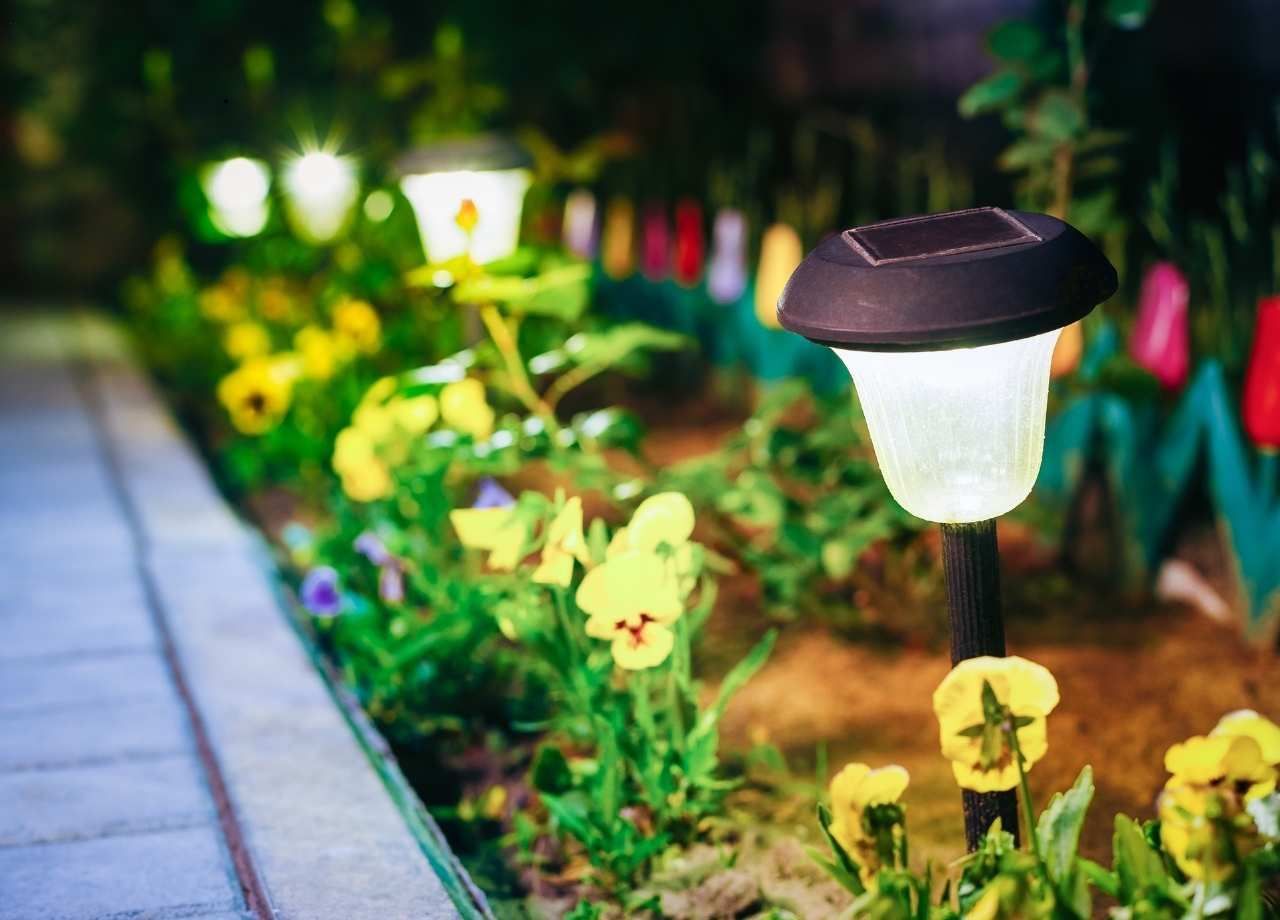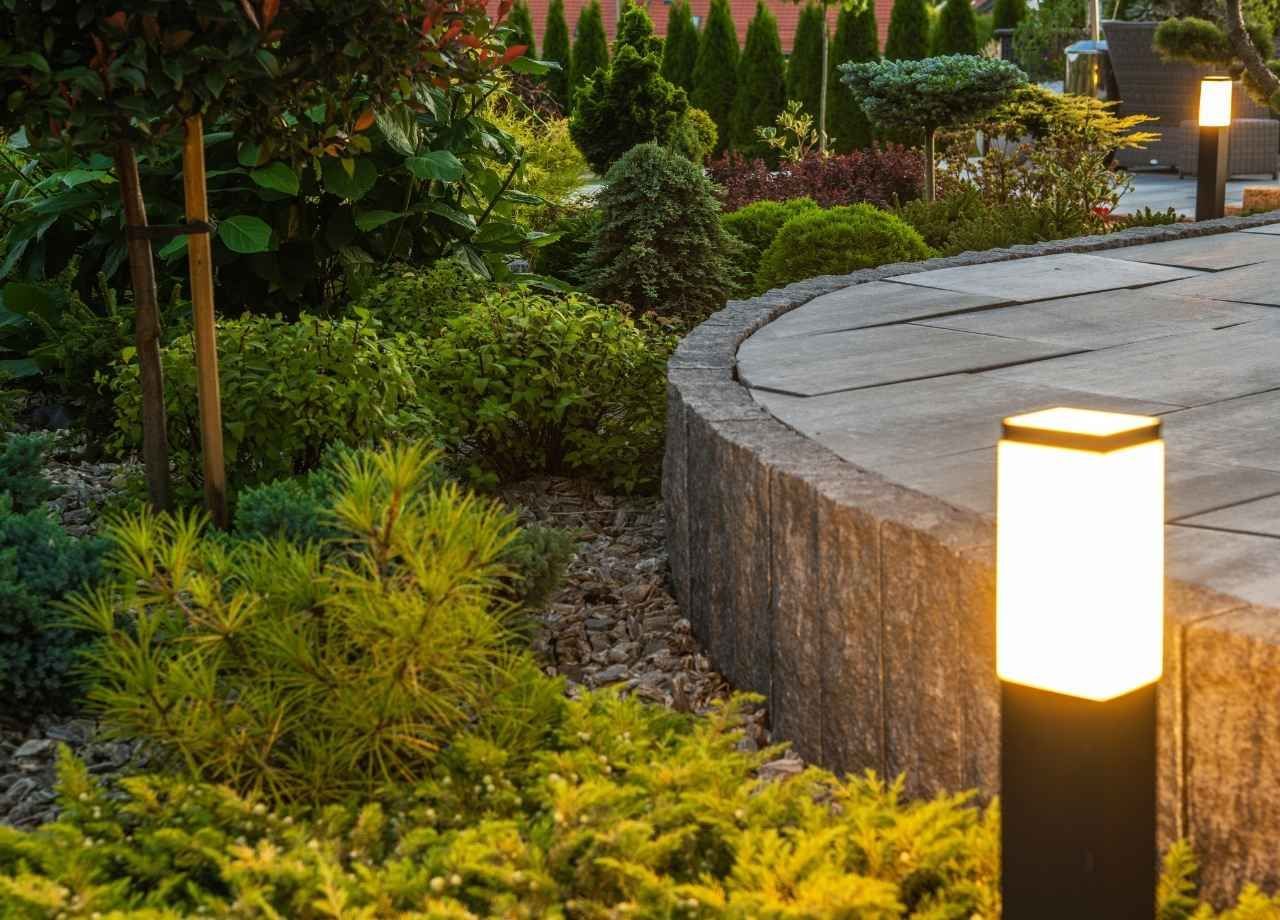The Impact of Lighting on Outdoor Living Spaces
Outdoor lighting does far more than illuminate a yard. It defines atmosphere, directs movement, enhances safety, and transforms how a space is used after dark. In recent years, the way homeowners and designers approach landscape lighting has changed significantly. With a growing appreciation for outdoor living and the expansion of usable space beyond the walls of a home, lighting has taken on a central role in how these areas are experienced and enjoyed.
At Aloha Outdoor Lighting in Jacksonville, FL, we've seen firsthand how thoughtful lighting design can turn an ordinary backyard into a stunning nighttime retreat. Our team specializes in creating custom lighting plans that balance beauty, safety, and efficiency—using high-quality fixtures and energy-smart solutions tailored to each property.
Creating Functional and Inviting Outdoor Spaces
One of the primary benefits of well-planned lighting is its ability to extend the functionality of outdoor living areas. Patios, decks, pergolas, and poolside lounges are no longer confined to daylight use. With properly positioned fixtures, these spaces support dining, relaxing, entertaining, and more—long after the sun goes down. Layered lighting techniques, combining ambient, task, and accent lighting, help define zones and maintain the right mood for each activity.
For example, soft, indirect lighting around a patio sets a relaxed tone for evening gatherings, while brighter, more focused lighting over a grill station supports safe food preparation. When different areas are clearly lit according to use, homeowners gain a seamless transition between indoor and outdoor living. This enhances overall livability and adds significant value to the property.
Enhancing Architectural and Landscape Features
Outdoor lighting also serves as a powerful design tool for highlighting the beauty of a home and landscape. Up-lighting trees creates dramatic silhouettes and adds depth to a yard, while down-lighting from high branches simulates moonlight and softens walkways. Pathway lighting not only improves visibility but also adds rhythm and movement to garden trails.
Architectural lighting draws attention to textures and materials—stone walls, wooden beams, columns—that may go unnoticed during the day. By placing fixtures with precision and using appropriate beam angles, designers can emphasize structure and craftsmanship without overwhelming the visual balance of the space.
Improving Safety and Security Without Harshness
Security is one of the most practical reasons to invest in outdoor lighting, but the approach has shifted away from floodlights and harsh spotlights. Today’s lighting solutions prioritize subtlety and sophistication. Low-voltage systems with strategically placed fixtures offer sufficient illumination for paths, steps, and entryways while maintaining the ambiance of a carefully designed space.
Motion-sensing lights near dark corners, driveway edges, or gates deter unwanted visitors without disrupting neighbors or washing out the scene. Integrated systems that combine lighting with home automation allow for programmable schedules or remote adjustments, providing flexibility and peace of mind.
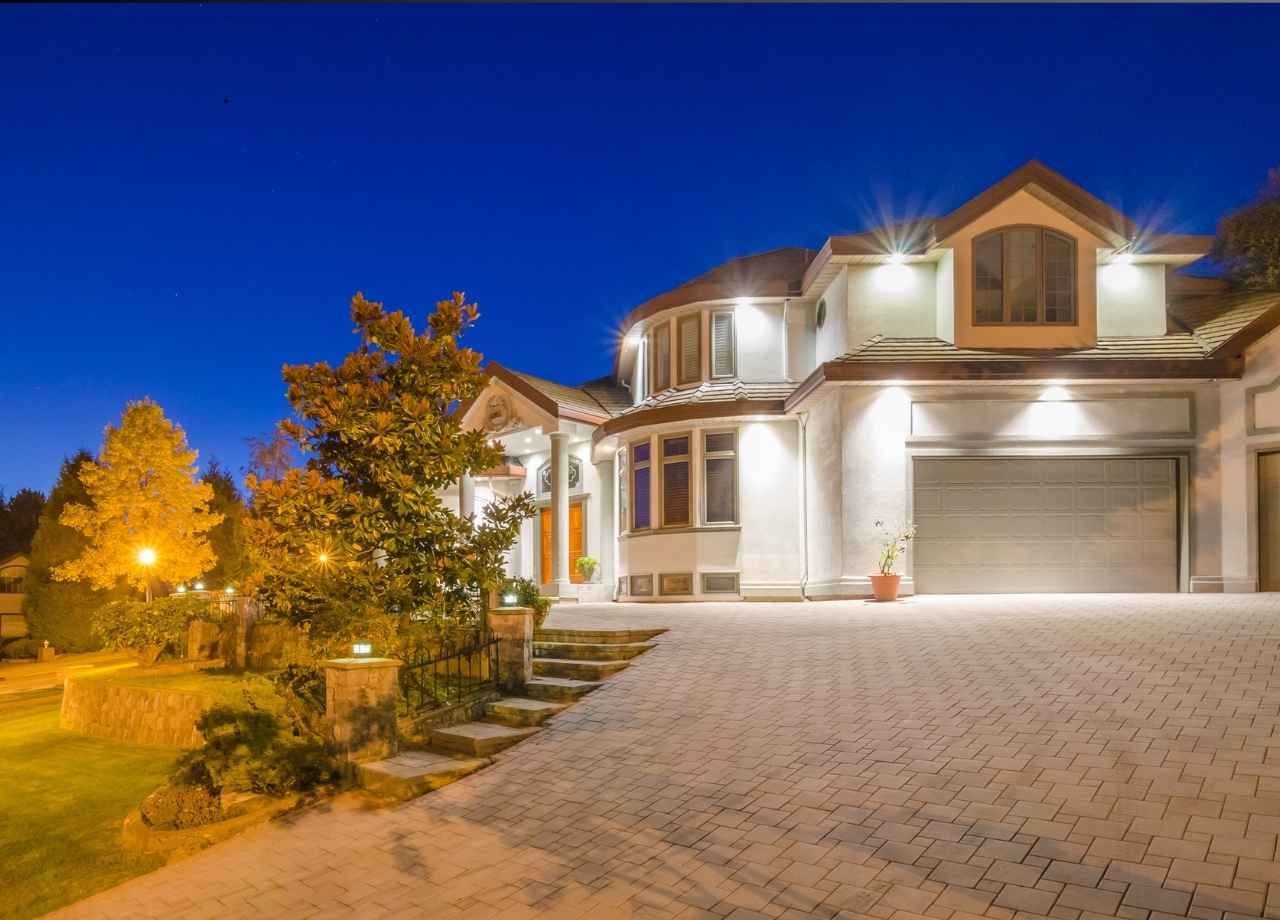
Energy Efficiency and Sustainable Solutions
The adoption of LED technology has dramatically improved the energy efficiency of outdoor lighting systems. Modern LEDs consume significantly less power than traditional bulbs, last for tens of thousands of hours, and produce minimal heat—making them ideal for continuous use outdoors.
In addition to longer lifespan and reduced energy bills, LEDs offer superior color rendering and come in a wide range of tones and brightness levels. This flexibility allows designers to match lighting temperature to the desired mood, whether it’s a warm glow for a rustic fire pit or a cooler white for a sleek contemporary patio.
Advanced control systems, including timers, dimmers, and smart integrations, further increase efficiency. These tools ensure lights are used only when needed, reducing unnecessary energy consumption and extending fixture life. Combined with weather-resistant materials and professional-grade components, a modern lighting system delivers long-term performance and sustainability.
Influence on Mood and Social Experience
Lighting has a direct impact on mood, and outdoor spaces are no exception. Subtle shifts in color temperature and light intensity influence how people feel and interact. A soft, golden hue can evoke warmth and intimacy, while brighter tones promote alertness and engagement.
Designers are increasingly paying attention to how lighting shapes social experiences. Warm uplights on landscaping soften the environment for conversations, while bistro string lights overhead create a festive, inviting ambiance. When done right, lighting invites guests to linger, enjoy, and connect—making the space not only more usable but more memorable.
Weather Resilience and Smart Design
The outdoor environment poses unique challenges for lighting systems. Humidity, salt air, temperature swings, and heavy rainfall—especially in coastal areas like Jacksonville—require robust, weatherproof materials. High-quality fixtures made from brass, copper, or marine-grade aluminum resist corrosion and wear over time, preserving both appearance and performance.
Smart design also accounts for water runoff, fixture placement to avoid damage during yard maintenance, and easy serviceability. At Aloha Outdoor Lighting, we plan installations with durability in mind, ensuring that systems remain reliable and safe through every season.
Designing for Flexibility and Future Growth
A well-designed lighting plan should allow for growth and change. As landscapes mature and homeowner needs evolve, lighting systems should be adaptable. Modular fixtures, expandable wiring configurations, and flexible mounting options make it easier to add or reconfigure lighting over time.
Homeowners may add new features—like an outdoor kitchen, hot tub, or pergola—or simply want to shift how a space is used. A lighting system that accommodates these changes without a complete overhaul saves time, money, and effort.
Conclusion: Lighting as a Defining Element
Lighting is no longer an afterthought—it is a defining element of outdoor design. It impacts how a space is used, how it feels, and how it’s remembered. Through intentional design and expert installation, lighting enhances safety, supports sustainability, and adds a signature character to every property. With the right approach, outdoor lighting turns yards into year-round destinations that extend lifestyle, comfort, and beauty beyond the walls of the home.

